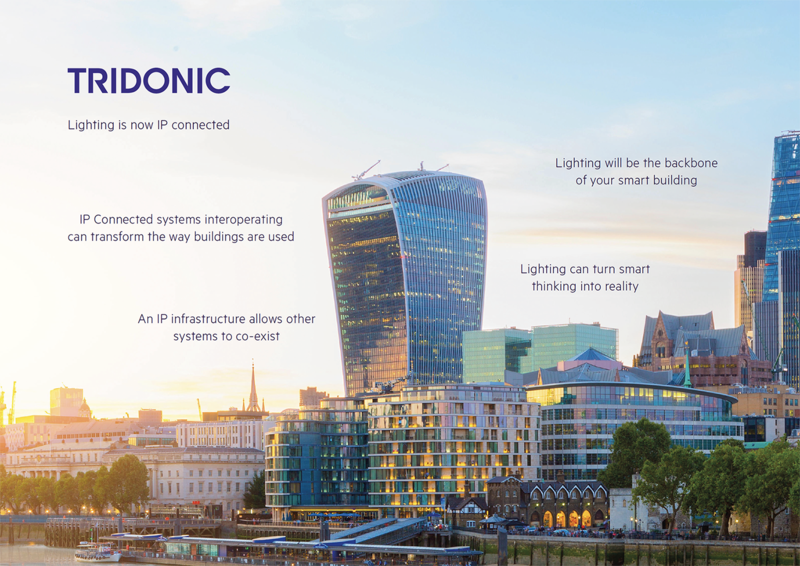The lightbulb moment that will make the digital campus a reality
Robert McIntyre, Solutions Architect at Tridonic UK Ltd talks about that lightbulb moment with lighting on campuses.
There is one element of daily life that many of us take for granted, partly due to its ubiquitous nature. That one thing is lighting. One of the unique things about lighting is that it touches every aspect of a building from interior to exterior. Every space requires it. As such, lighting requires extensive coordination from the overall master plan to carefully considered detail. In addition, projects often require collaboration with an extended team beyond the architects, including interior designers, acousticians, electrical engineers, landscape architects, energy and environmental design (LEED) consultants and others. Communication between team members, as well as accurate and timely information, is essential so that design work and/or changes can be evaluated and included by the lighting consultant/designer.
The energy bill for the lighting across any place of tertiary learning is significant and now it is not only the estate managers that wish to see improvements. The wider management teams also have a reduction in omissions and energy costs as a priority, partly driven by Government initiatives and ever stronger legislation. In addition, prospective students, many of whom may have taken part in their own climate change protests, want to know that they will be studying somewhere that takes its role in reducing carbon emissions seriously.
The second priority for many is to make the digital campus a reality. True connectivity for students, staff, and management that improves study, the working environment and the overall efficiency of the organisation is the goal. By utilising innovative lighting components and systems, lighting solutions will not only connect luminaires with each other, but deliver a value add that goes far beyond lighting.
In many instances, luminaires can either be retrofitted or replaced with an IP communication module, these can either be wired or wireless with the capacity to incorporate an integrated smart sensor powered from the communication module into the luminaire. These sensors will provide added functionality and information around factors such as the understanding on how the space is used and occupied.
By recognising this potential at an early stage, Tridonic has applied its expertise in electronics, sensor technology, software and LED luminaire control to develop a future-proof hardware and software platform, net4more. This is an ecosystem that provides direct access to the Internet of Things (IoT). Using the infrastructure of light as a starting point, IP technology enables the exploration of a whole new universe of solutions for flexible, open and scalable networks, with the overarching vision of transforming individual buildings and creating smart and innovative locations. net4more provides a comprehensive portfolio of hardware and software that is designed for easy planning, commissioning, operation and interoperability.
This approach delivers the straightest, most efficient path to the Internet of Light with many services that go beyond light. Tridonic is piloting a scheme with one leading University and the collaboration and co-ordination has already led to the incubation and development of further applications. These focus on the convergence of new technologies, smaller and smaller communication modules and sensors, LED luminaires, apps and mobile internet.
Find out more about Tridonic here.














